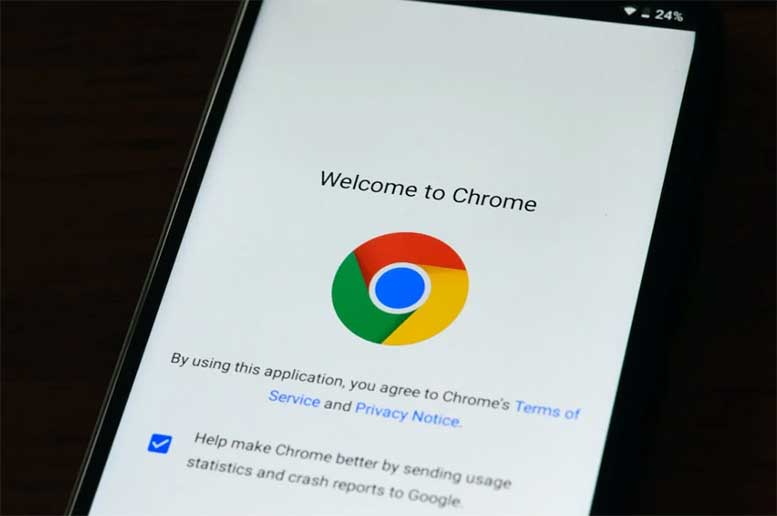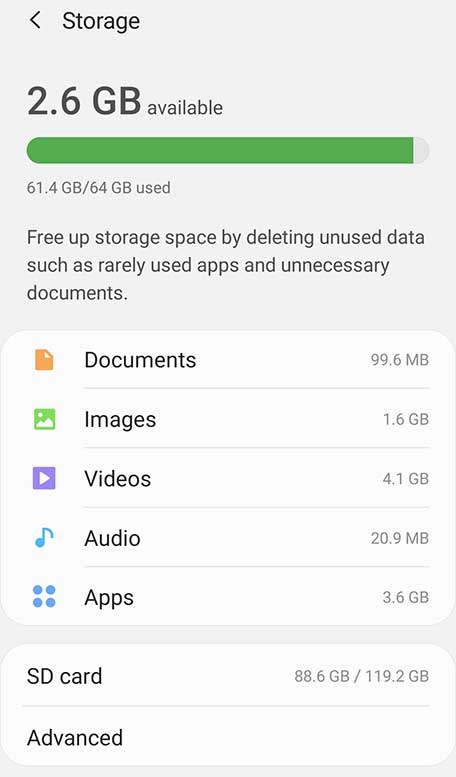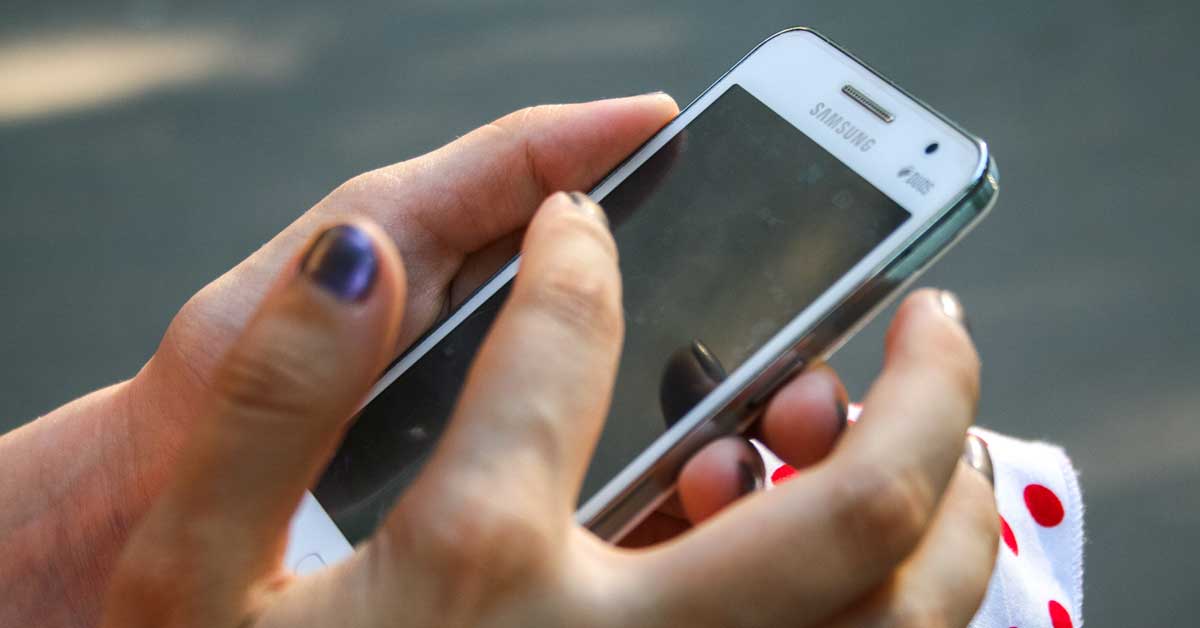Quick Look:
- #1: Reset App Preferences
- #2: Uninstall Android System WebView Updates
- #3: Uninstall Chrome Updates
- #4: Double-Check Your Internet Connection
- #5: Clear the Google Play App Cache
- #6: Update Google Play Store
- #7: Clear Cache and Data from Google Play Services
- #8: Restart the Phone
- #9: Manipulate Download Manager Cache
- #10: Reconfigure Google Account
For many, the Google Play Store is the place to go for Android apps, games, and a whole lot more.
But what happens when this mecca of mobile entertainment starts crashing? Panic? Frustration? Pulling out your hair? We get it, as we’ve been there ourselves.
But we would rather save you from such fear and aggravation by sharing our own helpful insights. So we lined up 10 fixes to get you back to app-browsing bliss.
Fix #1: Reset App Preferences
We start with one of the simplest yet often overlooked solutions – resetting app preferences. This will not result in data loss but can fix various issues by restoring default settings for all your apps.
Sometimes, modified preferences can cause software hiccups like the one you’re experiencing with the Google Play Store. Here’s what to do:
- Navigate to Settings on your device.
- Choose the Apps section to view all installed applications.
- Swipe or scroll to the All Column to get a comprehensive list.
- Tap on the triple-dot icon at the top right for more options.
- Pick Reset App Preferences to restore settings to their default state.
- Reboot your phone to apply the changes.
- Re-select your preferred launcher, be it Nova, Pixel, or any other.
If you followed the steps correctly, your problem should be solved! If you still face issues, don’t worry. We have more solutions up our sleeves.

Fix #2: Uninstall Android System WebView Updates
Remember that pesky Android System WebView? It’s a crucial component that allows Android apps to display web content, but sometimes, its updates can cause system-wide disruptions.
Uninstalling these updates can solve the Google Play Store’s uninvited crashing habit. Here’s how:
- Open Settings on your Android device.
- Head to Apps for a list of installed applications.
- Navigate to App Settings or System Apps, depending on your phone’s menu.
- Scroll till you find Android System WebView. (Can’t find it? Use the search feature.)
- Tap the triple-dot icon at the top right for additional options.
- Select Uninstall Updates to revert the Android System WebView to its factory version.
Check the Google Play Store to see if it’s stopped its crashing issue. If not, you’re in luck. We have more troubleshooting gems waiting for you.

Fix #3: Uninstall Chrome Updates
The relationship between Chrome and the Google Play Store can be akin to a domino effect. If one falls, the other might wobble (or in this case, malfunction).
Chrome updates can sometimes interfere with Google Play Store functionality, making it essential to rule out Chrome as the culprit. Here’s how to do just that:
- Enter your phone’s Settings. It’s where all the action happens.
- Hit Apps to view the list of your installed applications.
- Locate and tap on the Chrome app to explore its settings.
- Choose the triple-dot menu at the top right for more options.
- Select Uninstall Updates to bring Chrome back to its earlier version.
Uninstalling Chrome updates can bring stability to the Google Play Store. In technical parlance, you’re giving your browser a clean slate, an effective “do-over” that can yield immediate results.

Fix #4: Double-Check Your Internet Connection
No matter how advanced your phone is, the Google Play Store won’t work without a robust internet connection.
And as such, you must make sure your internet is working properly if you wish to cover all your bases.
- Test your network signal strength: You can use various apps for this or just look at the signal bars.
- Verify remaining data balance: Make sure you’re not running on digital fumes.
- Turn off and turn on your data connection: Think of this as a quick refresh for your connectivity.
Your Google Play Store needs a steady flow of data to operate smoothly. So before you raise the alarm, make sure you’re not jumping the gun due to a dodgy connection. If you’ve ticked all these boxes and still face issues, follow us to number 5.

Fix #5: Clear the Google Play App Cache
The cache is like the memory of your app; it stores data to make subsequent uses quicker. However, unlike your own memory, too much data can cause problems.
Over time, your Google Play Store accumulates data that can slow it down or even cause it to crash.
- Navigate to Settings on your phone, where you can start the cleaning process.
- Go to Storage to access the treasure trove of files and data.
- Tap on Internal Storage to dig deeper into your device’s memory bank.
- Locate Apps, the central hub of all applications on your phone.
- Find and tap on Google Play Store to access its settings.
- Hit Clear Cache to sweep away the accumulated data.
Clearing the cache is like giving your Play Store a quick detox. It wipes away stored data that might have been hindering performance, allowing the app to operate more efficiently. It’s like your Play Store just took a spa day, minus the mud masks.

Fix #6: Update Google Play Store
Applications evolve over time to fix bugs and offer new features. An outdated Google Play Store is like a phone running on outdated software – it’s more prone to glitches and crashes.
- Open Google Play Store.
- Access the menu via the three horizontal lines at the top left of the screen. This is where you can tweak various settings.
- Navigate to Settings, the control room for your Google Play experience.
- Proceed to About, where you’ll find valuable details about the app.
- Tap on Play Store Version to initiate the update process. If your app is up-to-date, you’ll get a prompt confirming this. Otherwise, the update will start automatically.
Outdated software is often a breeding ground for glitches and performance issues. By updating to the latest version of the Google Play Store, you’re essentially immunizing the app against known issues. It’s like a software flu shot without the needle.

Fix #7: Clear Cache and Data from Google Play Services
While the Google Play Store is the storefront, think of Google Play Services as the backstage crew that keeps the show running.
Sometimes, this behind-the-scenes wizardry can encounter glitches. Clearing the cache and data from Google Play Services can often resolve issues affecting the Play Store.
- Navigate to Settings to enter your phone’s control panel.
- Proceed to Storage, where all data-related options are housed.
- Tap on Internal Storage for a closer look at your device’s memory.
- Locate Apps to see the list of all your applications.
- Find Google Play Services to examine its details.
- Hit Clear Cache to do an initial sweep of the cached data.
- Navigate to Manage Space for more options.
- Select Clear All Data for a thorough cleanup.
Often, issues with the Google Play Store can be attributed to Google Play Services. By clearing the cache and data, you’re essentially performing a reset, giving the services – and, by extension, the Play Store – a fresh start.

Fix #8: Restart the Phone
Sometimes, the simplest solution is the most effective. Restarting your phone essentially reboots all running services and applications, which can resolve minor glitches and performance hiccups.
- Hold down the power button to summon the power options.
- Select Restart to initiate the reboot process.
Restarting your phone is a timeless solution, and for good reason. It’s the universal remedy for a wide range of issues, including unresponsive apps like the Google Play Store.
It’s like a breather for your device to shake off any minor gremlins affecting its performance.

Fix #9: Manipulate Download Manager Cache
Your Download Manager is like the backstage manager for your downloads – handling everything from apps to updates. Sometimes, this manager needs a little “tidy-up” to keep things running smoothly.
- Head to Settings for access to your device’s control hub.
- Go into Storage, where all the data-related options are.
- Navigate to Apps to see an inventory of all installed software.
- Locate and Select Download Manager, the custodian of all your downloads.
- Tap Clear Cache to jettison unnecessary files stored in the cache.
Clearing the cache in your Download Manager is akin to clearing out an overloaded backstage. By doing this, you improve the overall performance of your device and lower the chances of apps like the Google Play Store misbehaving.
Fix #10: Reconfigure Google Account
Your Google Account is the passport to the Android ecosystem. Sometimes, inconsistencies or conflicts can arise between your account and the apps you’re using, like the Google Play Store.
- Navigate to Settings for an entrance into your device’s backstage.
- Proceed to Accounts, which houses all the accounts linked to your device.
- Select the Google Account you wish to remove to view more details.
- Tap on Remove Account to initiate the process.
- Confirm the removal, acknowledging that data synced to the account will be deleted from the device.
- Re-add the account by going back to Settings > Accounts.
- Choose Add Account, then Google, and follow the prompts to sign back in.
If you ever feel like your Google Account and Google Play Store aren’t getting along, consider this approach a relationship reset. By removing and then re-adding your Google Account, you help ensure that all services sync properly, which can solve a host of issues.
Final Thoughts
You now have a much better chance of bringing your Google Play Store back to life. If one fix doesn’t do the trick, move on to the next one as needed. It’s a good idea to keep this guide handy, just in case you run into future Google Play Store issues.
Meet Ry, “TechGuru,” a 36-year-old technology enthusiast with a deep passion for tech innovations. With extensive experience, he specializes in gaming hardware and software, and has expertise in gadgets, custom PCs, and audio.
Besides writing about tech and reviewing new products, he enjoys traveling, hiking, and photography. Committed to keeping up with the latest industry trends, he aims to guide readers in making informed tech decisions.

